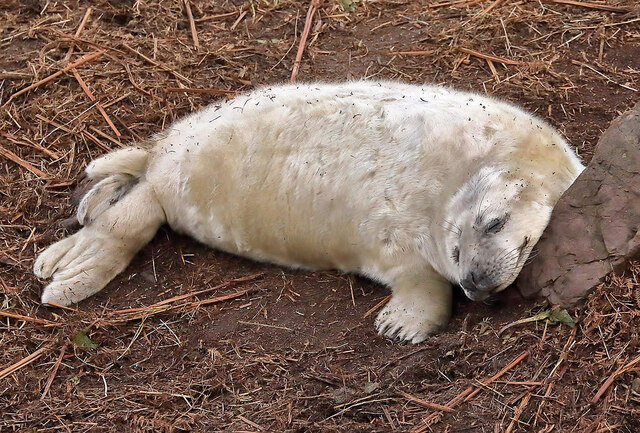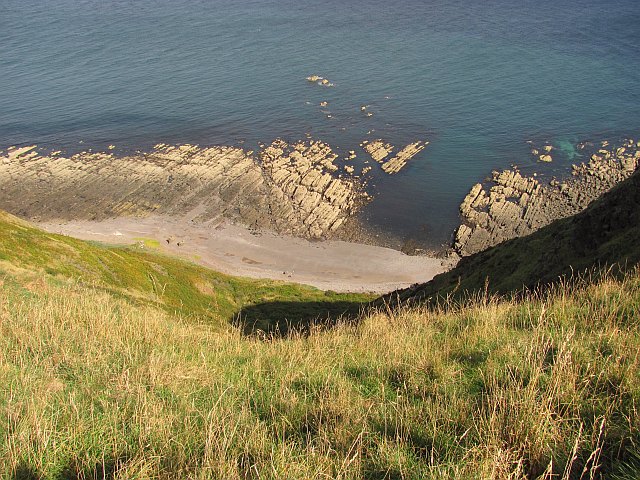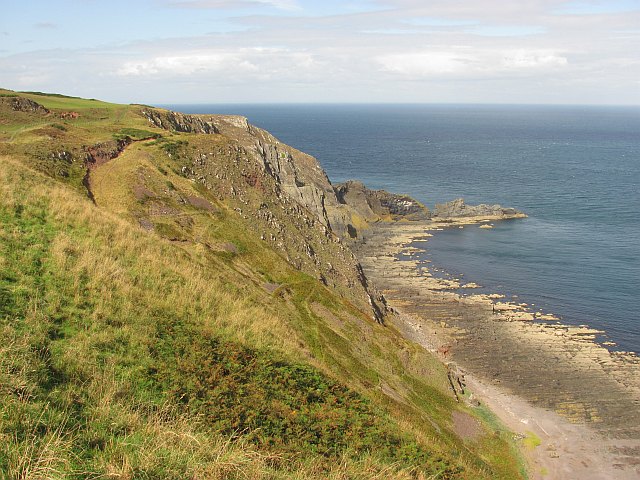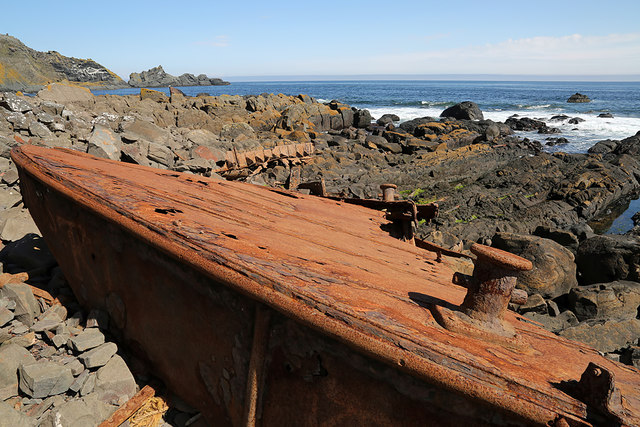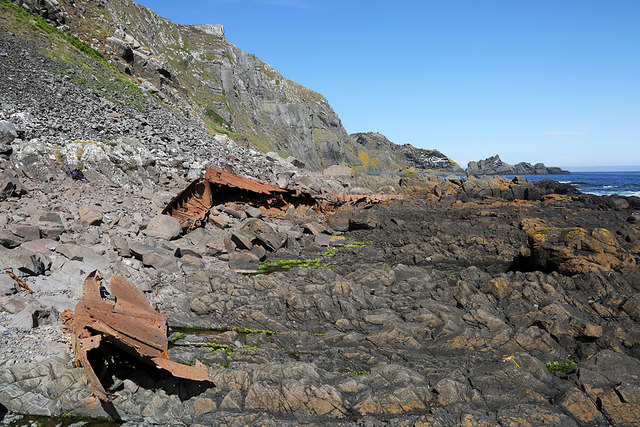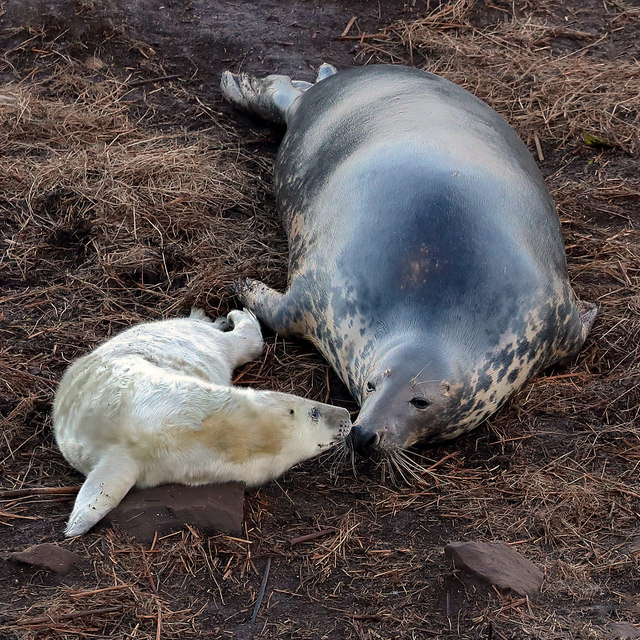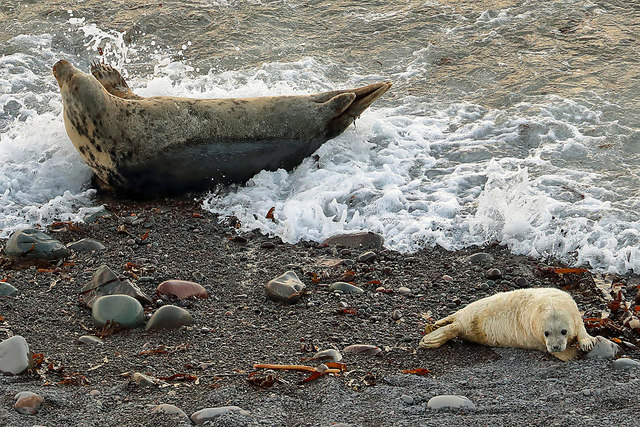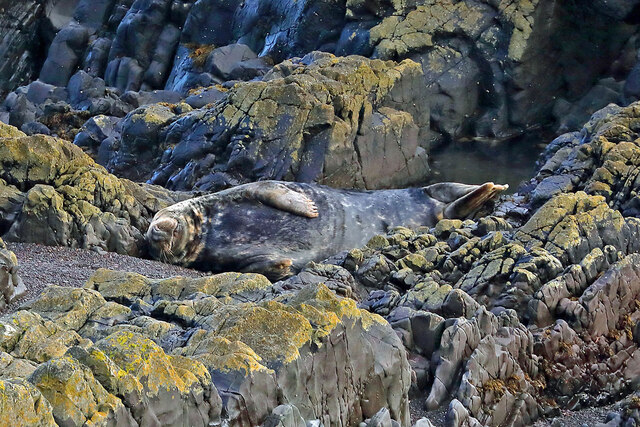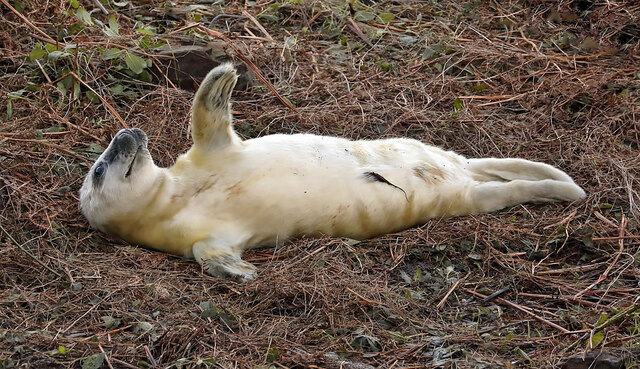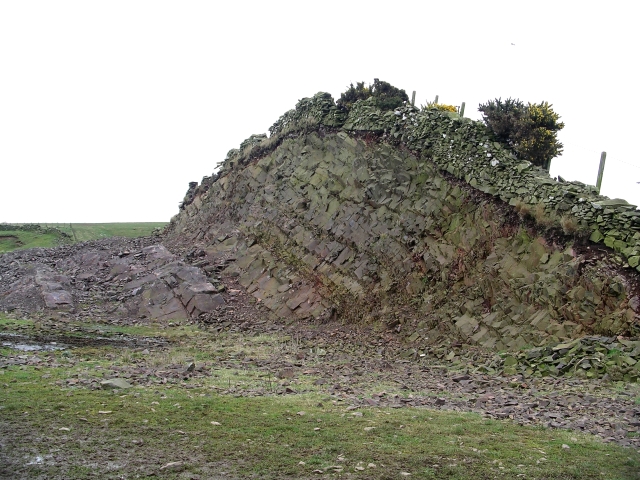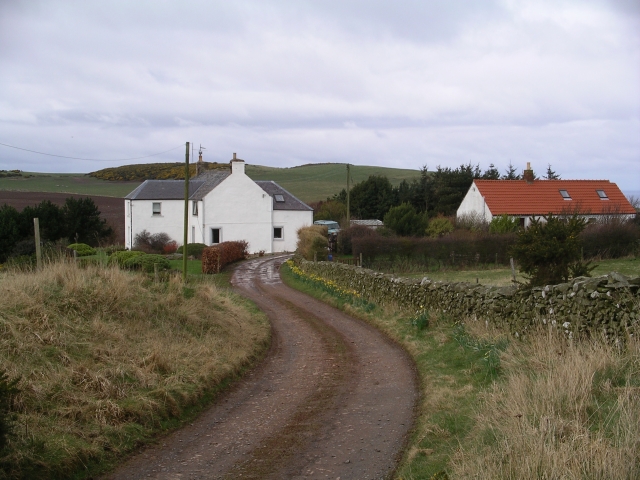Earn's Heugh
Cliff, Slope in Berwickshire
Scotland
Earn's Heugh
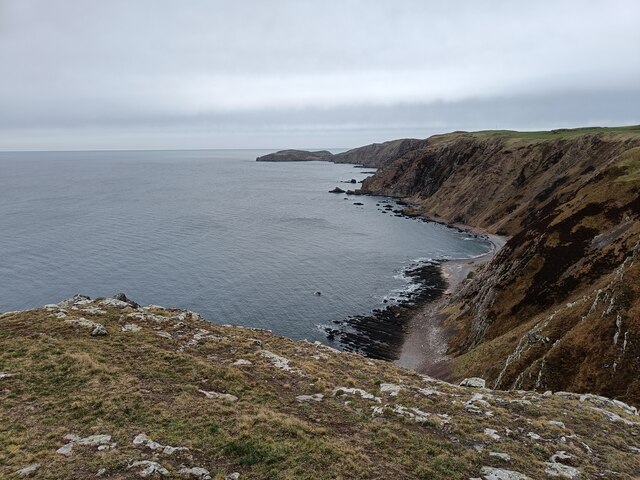
Earn's Heugh is a prominent cliff located in the county of Berwickshire, Scotland. This geological formation is situated on the eastern coast of the country, near the small village of St. Abbs. The cliff is known for its impressive height, standing at approximately 70 meters (230 feet) above sea level, providing stunning panoramic views of the North Sea.
The cliff face itself is composed of rugged sandstone, which has been shaped by thousands of years of erosion caused by the relentless power of the crashing waves below. This erosion has resulted in the creation of several caves and alcoves along the cliff face, adding to its unique character and appeal.
Earn's Heugh is not only remarkable for its natural beauty, but also for its significance in terms of wildlife conservation. The area surrounding the cliff is home to a diverse range of seabird species, including puffins, razorbills, guillemots, and kittiwakes. These birds nest along the cliff edges, making it an important breeding ground and contributing to its designation as a Site of Special Scientific Interest (SSSI).
The cliff is a popular destination for outdoor enthusiasts, attracting hikers, birdwatchers, and photographers. The nearby St. Abbs Head National Nature Reserve offers a network of walking trails that allow visitors to explore the stunning coastal scenery, with Earn's Heugh being one of the highlights along the route.
Overall, Earn's Heugh is a magnificent natural feature that showcases the raw beauty of Scotland's coastline. Its towering height, geological formations, and abundant wildlife make it a must-visit location for nature lovers and those seeking a unique and awe-inspiring experience.
If you have any feedback on the listing, please let us know in the comments section below.
Earn's Heugh Images
Images are sourced within 2km of 55.915698/-2.1739283 or Grid Reference NT8969. Thanks to Geograph Open Source API. All images are credited.
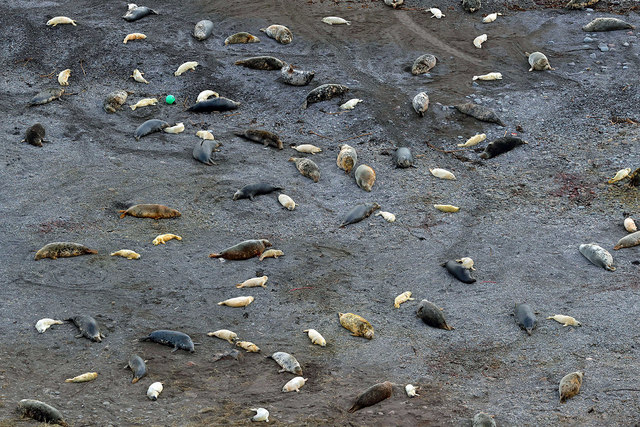
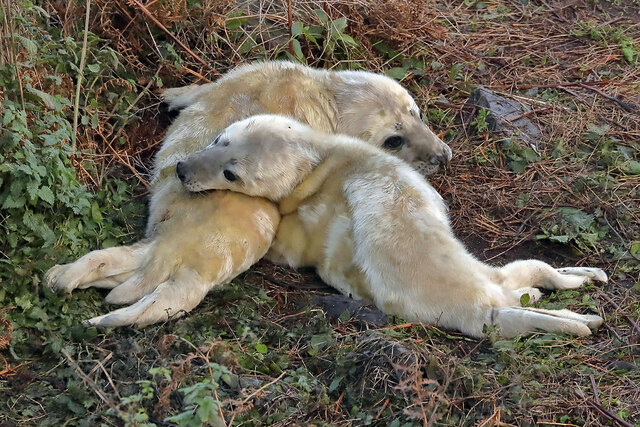
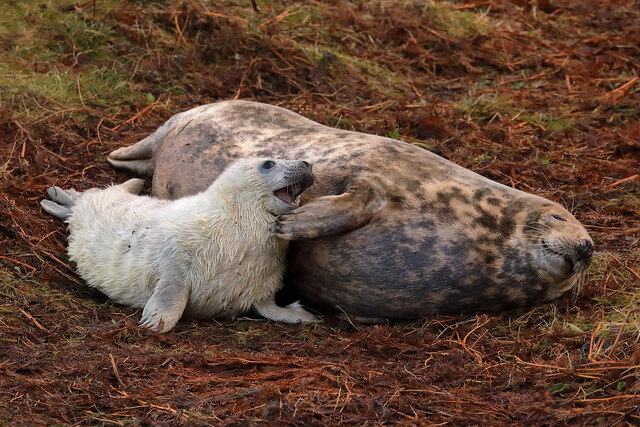
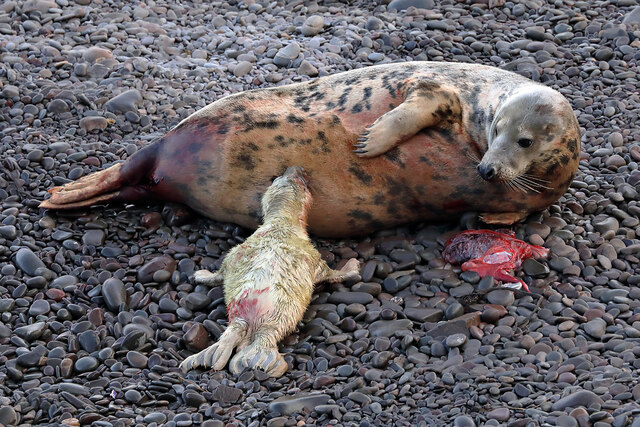
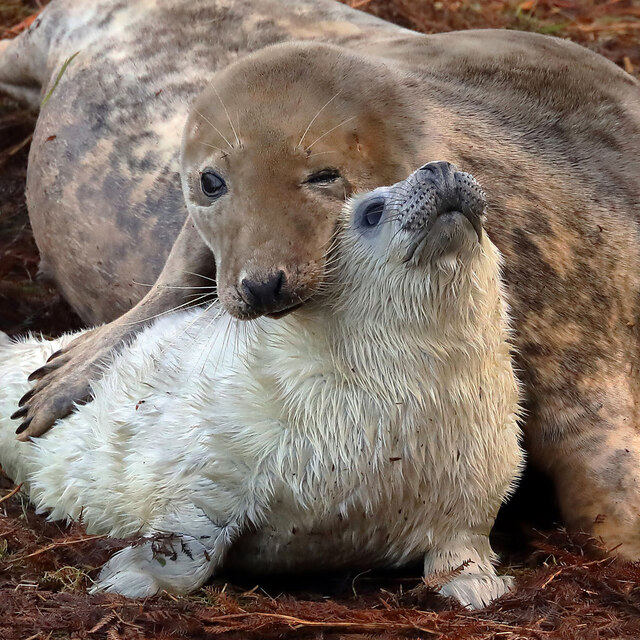
Earn's Heugh is located at Grid Ref: NT8969 (Lat: 55.915698, Lng: -2.1739283)
Unitary Authority: The Scottish Borders
Police Authority: The Lothians and Scottish Borders
What 3 Words
///fuses.breeding.unfit. Near Eyemouth, Scottish Borders
Nearby Locations
Related Wikis
Coldingham Loch
Coldingham Loch is a freshwater loch in the parish of Coldingham, in the Scottish Borders area of Scotland, in the former Berwickshire, between Coldingham...
Mire Loch
Mire Loch is a man made freshwater loch situated on St Abb's Head in the Scottish Borders, just over a kilometre NW of the village of St. Abbs at grid...
St Abb's Head Lighthouse
St Abb's Head Lighthouse stands on the cliffs at the rocky promontory of St Abb's Head, near the village of St Abbs in Berwickshire. A signal station was...
St Abb's Head
St Abb's Head is a rocky promontory by the village of St Abbs in Scottish Borders, Scotland, and a national nature reserve administered by the National...
Nearby Amenities
Located within 500m of 55.915698,-2.1739283Have you been to Earn's Heugh?
Leave your review of Earn's Heugh below (or comments, questions and feedback).
